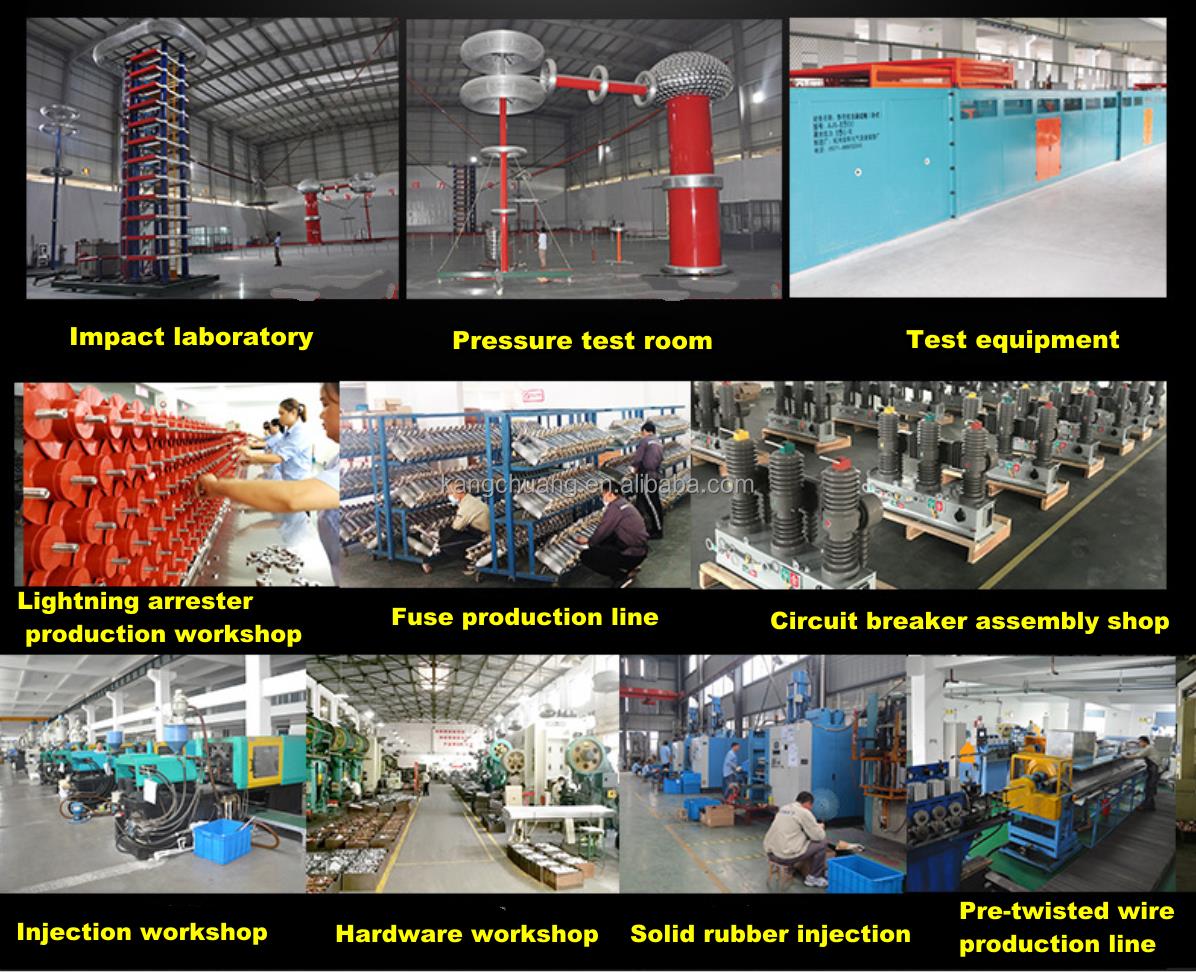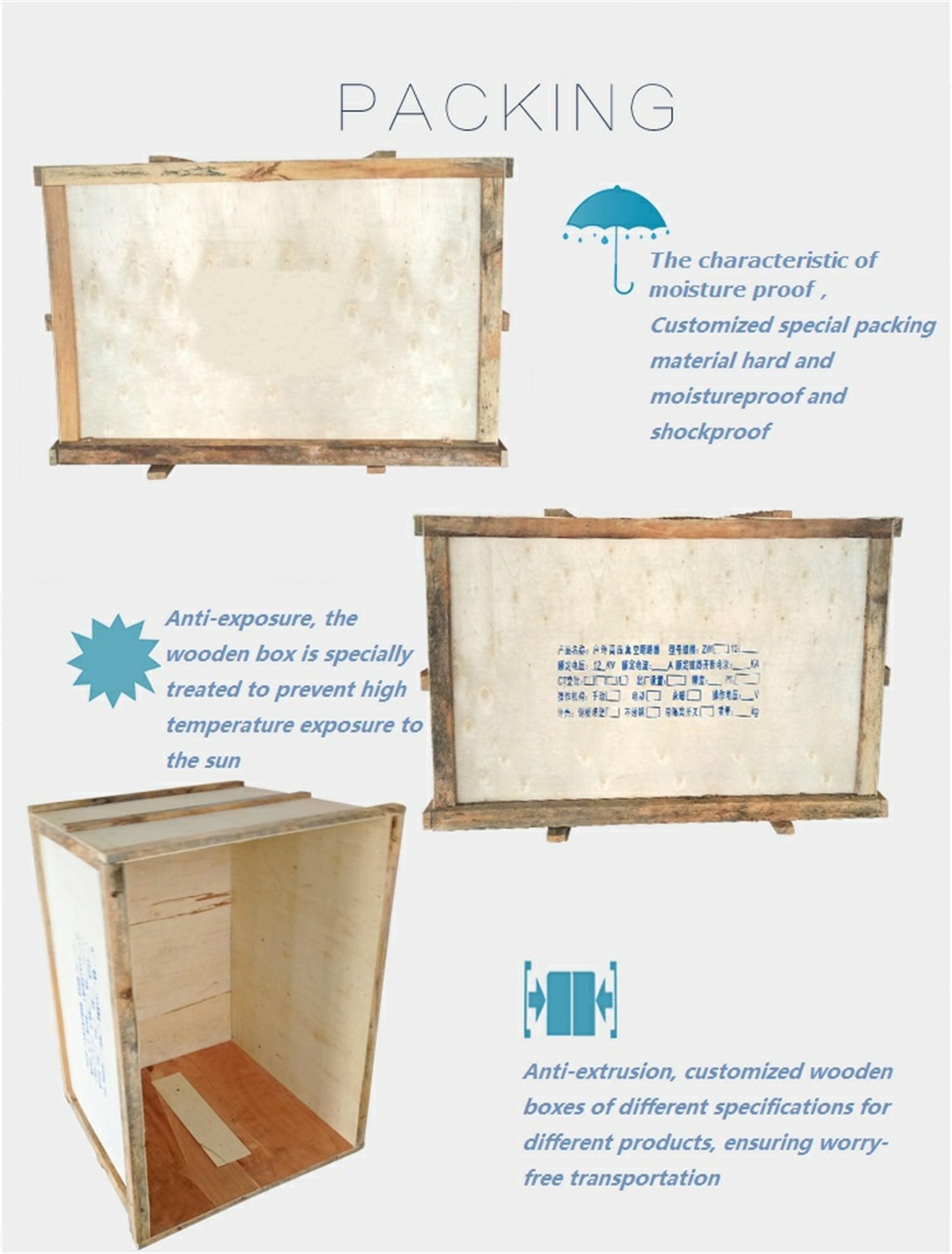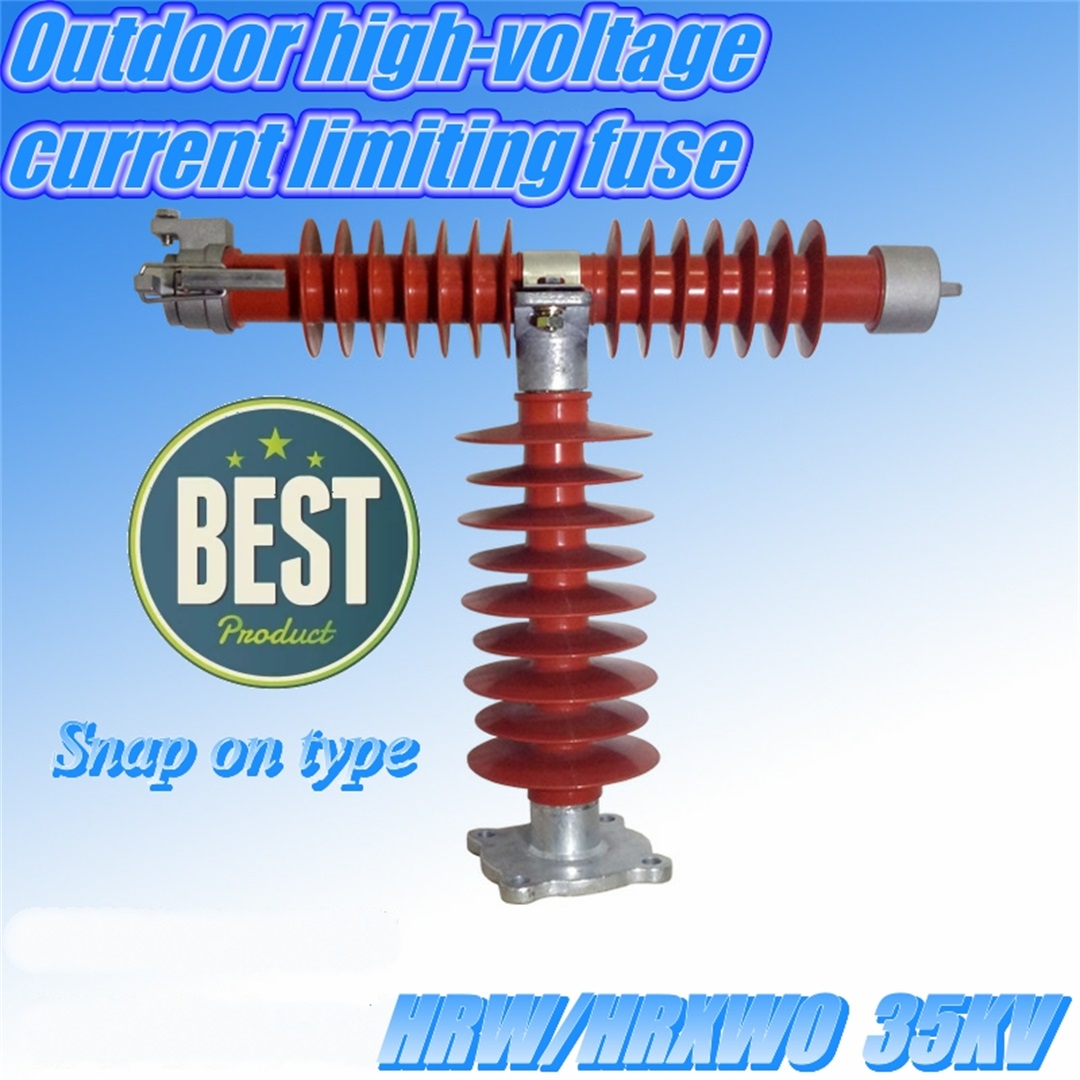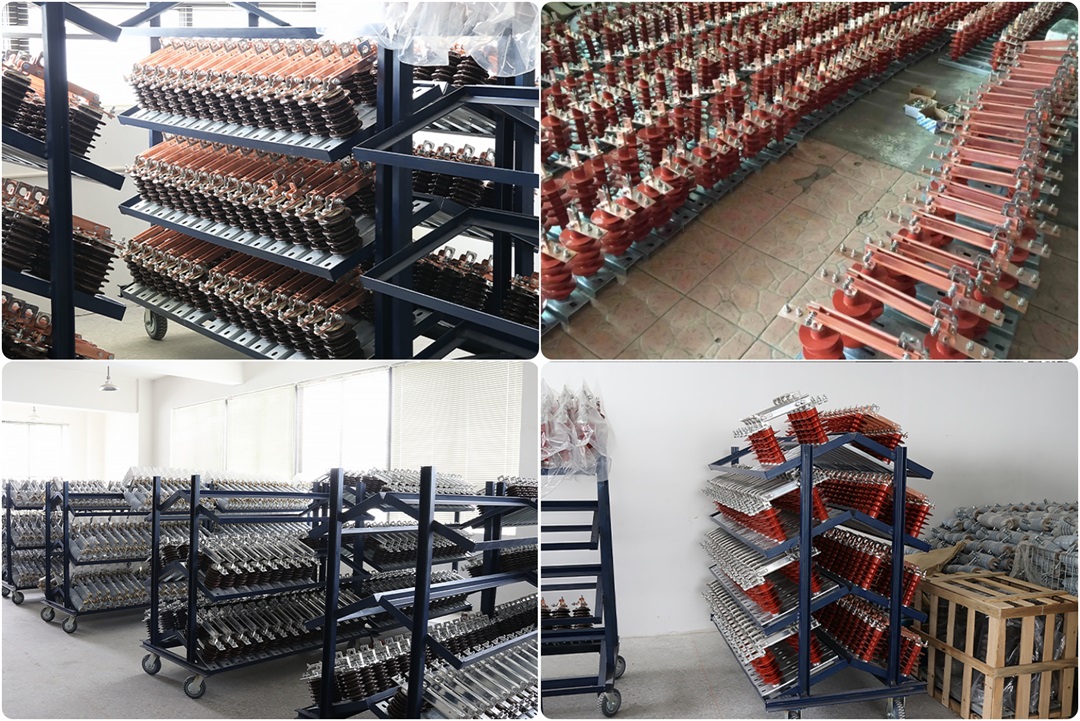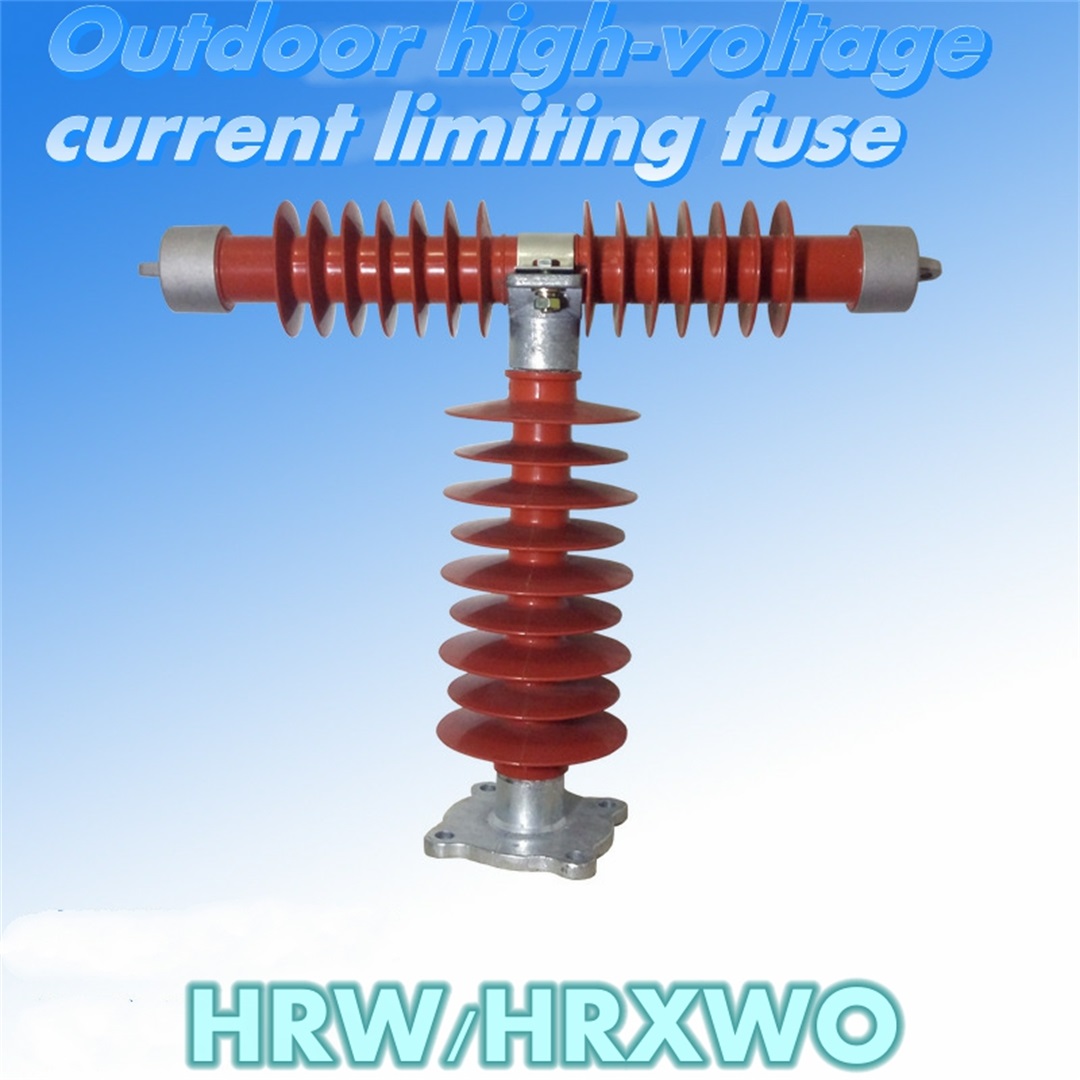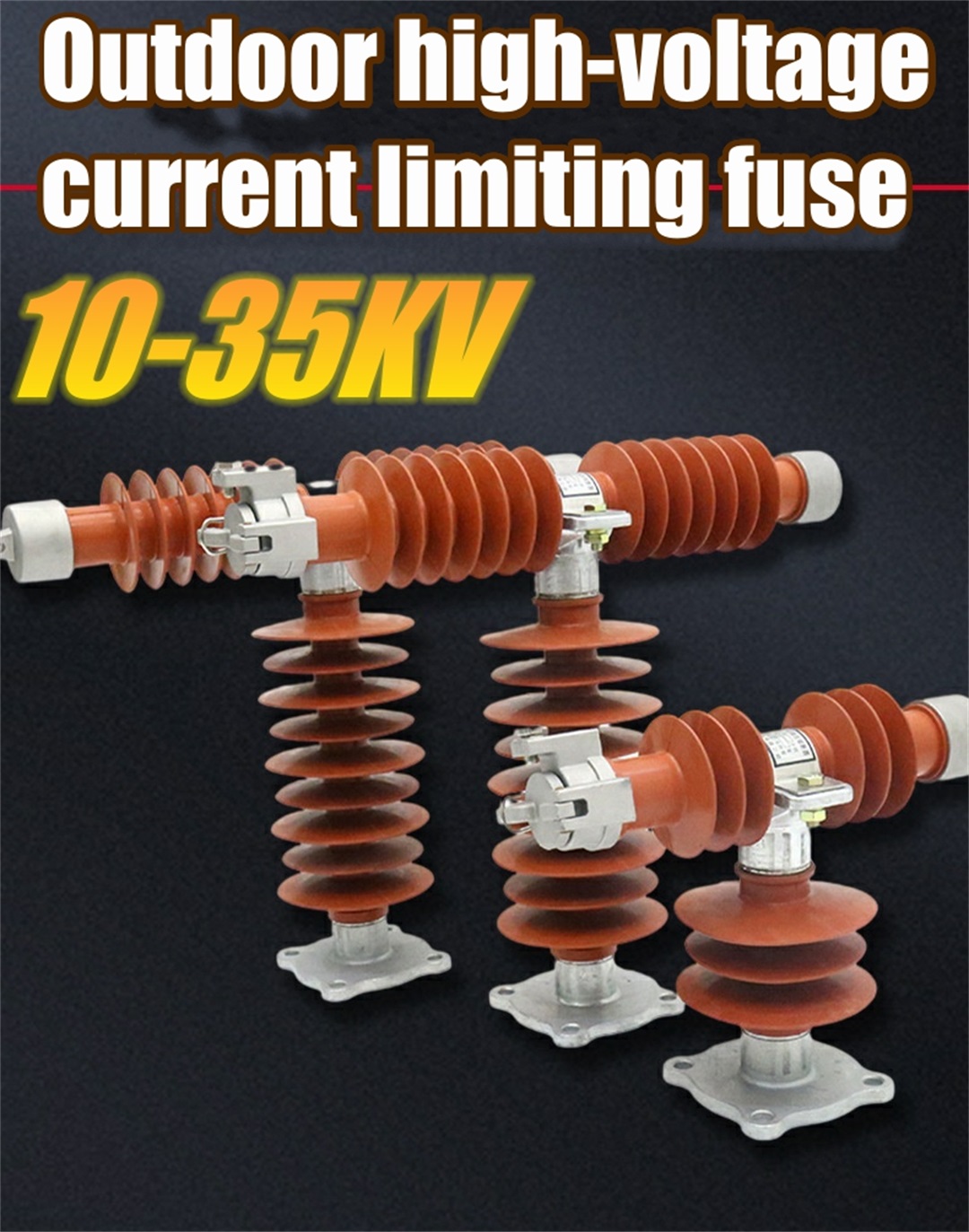
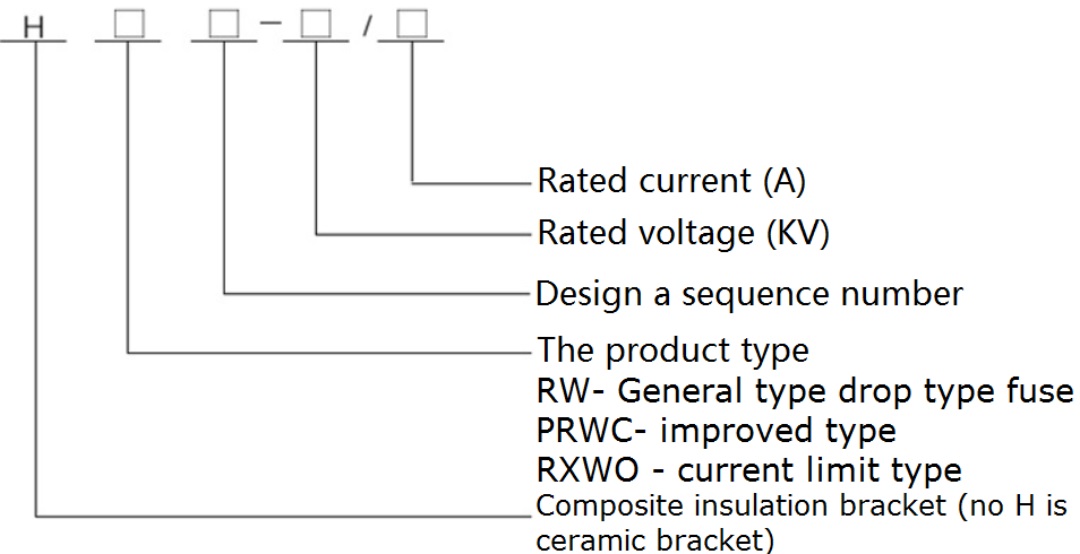
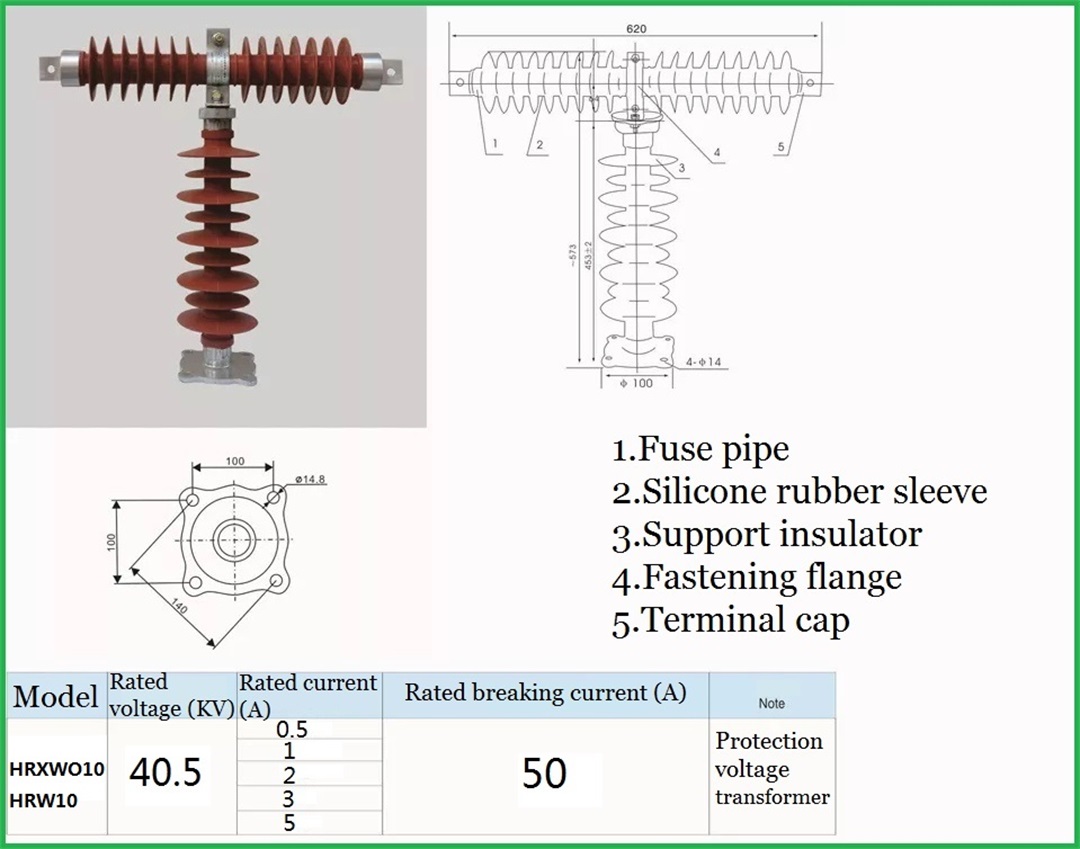 1. High breaking capacity. Generally, the rated short-circuit breaking current (expected effective value) of domestic high-voltage current-limiting fuses is 50kA, and the rated short-circuit breaking capacity of some imported products reaches 63kA. 2. Current-limiting capacity, generally domestic high-voltage current-limiting fuses, such as 100A fuses, the cut-off current peak value is about 18kA when the effective value of the expected short-circuit current is 50kA, while for a certain imported 100A fuse, in When the expected short-circuit current effective value is 63kA, the cut-off current peak value is only 18kA. 3. There is a minimum breaking current. For current-limiting fuses for transformer protection, the minimum breaking current is generally 3 to 5 times the rated current of the fuse. When selecting, it should be ensured that its minimum fusing current is not greater than the minimum short-circuit current of the protected circuit. 4. The power loss is small, which ensures that the product has a low temperature rise. This feature is more beneficial when the fuse is used in a fully enclosed insulation device. Low arc voltage: During the breaking process, the arc voltage is low, and when it is used in a system with a voltage lower than the rated voltage, the arc voltage will be further reduced, so that the 12KV fuse can be used in a 12KV or 7.2KV system without damaging the system insulation danger. 5. The error of the characteristic curve is small, and the error of the time-current characteristic curve is less than ± 10%, which ensures the reliability of the product. Moreover, all comply with the International Electrotechnical Commission (IEC) standard. The busbar type can be directly fastened to the busbar with screws, which has the advantages of small installation volume and reliable contact; while the plug-in type is easy to replace and can be operated with electricity.
1. High breaking capacity. Generally, the rated short-circuit breaking current (expected effective value) of domestic high-voltage current-limiting fuses is 50kA, and the rated short-circuit breaking capacity of some imported products reaches 63kA. 2. Current-limiting capacity, generally domestic high-voltage current-limiting fuses, such as 100A fuses, the cut-off current peak value is about 18kA when the effective value of the expected short-circuit current is 50kA, while for a certain imported 100A fuse, in When the expected short-circuit current effective value is 63kA, the cut-off current peak value is only 18kA. 3. There is a minimum breaking current. For current-limiting fuses for transformer protection, the minimum breaking current is generally 3 to 5 times the rated current of the fuse. When selecting, it should be ensured that its minimum fusing current is not greater than the minimum short-circuit current of the protected circuit. 4. The power loss is small, which ensures that the product has a low temperature rise. This feature is more beneficial when the fuse is used in a fully enclosed insulation device. Low arc voltage: During the breaking process, the arc voltage is low, and when it is used in a system with a voltage lower than the rated voltage, the arc voltage will be further reduced, so that the 12KV fuse can be used in a 12KV or 7.2KV system without damaging the system insulation danger. 5. The error of the characteristic curve is small, and the error of the time-current characteristic curve is less than ± 10%, which ensures the reliability of the product. Moreover, all comply with the International Electrotechnical Commission (IEC) standard. The busbar type can be directly fastened to the busbar with screws, which has the advantages of small installation volume and reliable contact; while the plug-in type is easy to replace and can be operated with electricity.
